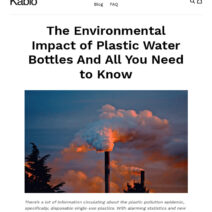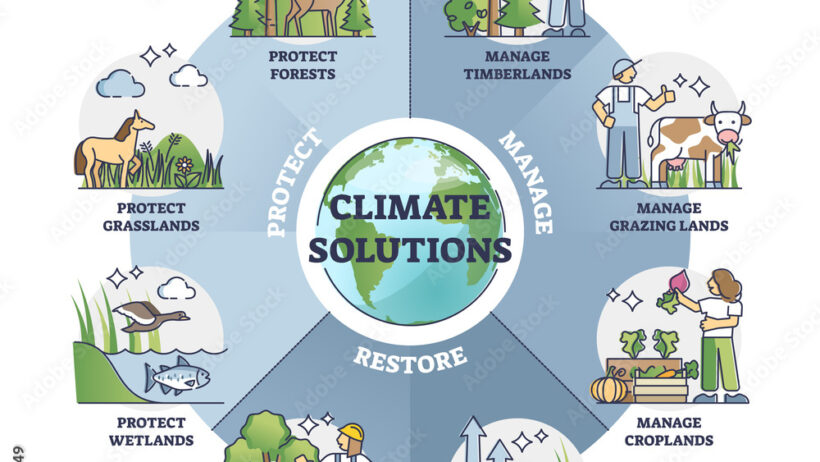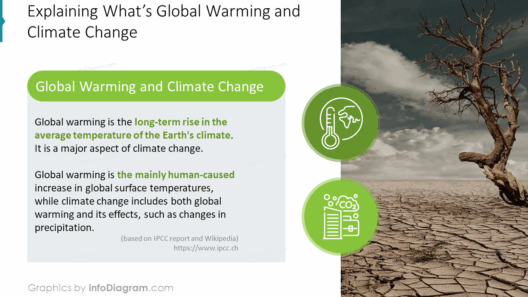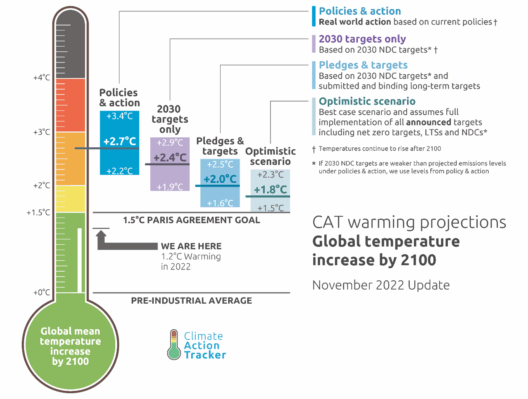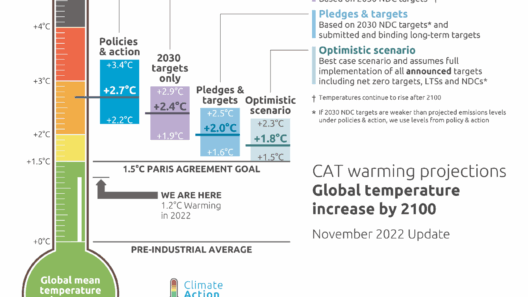Global warming poses an existential threat to our planet, demanding urgent and concerted action. The prevailing consensus among scientists is that human activities have accelerated this phenomenon, particularly through greenhouse gas emissions. Yet, despite the grim outlook, myriad sustainable practices can effectively combat this environmental crisis. A shift in perspective is essential—rather than viewing climate action as a burden, we can embrace it as an opportunity for innovation and rejuvenation.
As we delve into the multifaceted approaches to protecting our environment from the ravages of global warming, it becomes clear that lifestyle changes, technological advancements, and policy reform collectively form a triad of solutions. Each of these dimensions can contribute significantly to mitigating the effects of climate change.
One of the primary avenues for reducing carbon emissions is through energy efficiency. By optimizing energy consumption in homes, businesses, and industries, we can drastically decrease our carbon footprint. Simple measures like switching to LED bulbs or utilizing energy-efficient appliances can yield substantial savings. Moreover, the implementation of smart technology, such as programmable thermostats, enables individuals and organizations to manage energy use more effectively.
Transitioning to renewable energy sources is another potent strategy. Solar, wind, and hydroelectric power can replace fossil fuels, which are notorious for emitting greenhouse gases. Governments and corporations can incentivize the development of renewable energy infrastructure through subsidies and tax benefits. Community solar projects, where groups of residents share the benefits of a single solar installation, exemplify how collective action can bolster renewable sector growth. These initiatives not only reduce reliance on fossil fuels but also diminish economic disparities by making energy accessible to marginalized communities.
To further fortify our approach, it is essential to advocate for sustainable transportation methods. The transportation sector accounts for a significant proportion of global carbon emissions. Embracing public transit, cycling, walking, and electric vehicles can dramatically reduce individuals’ carbon footprints. Policymakers should bolster infrastructure supporting these options, such as expanding public transit networks and developing dedicated bike lanes. Furthermore, carpooling and ride-sharing initiatives help to maximize vehicle occupancy and minimize emissions.
Another fundamental practice involves sustainable agriculture. Conventional farming techniques often rely on synthetic fertilizers and pesticides, adversely affecting soil health and biodiversity. By adopting regenerative agricultural practices, such as crop rotation, cover cropping, and permaculture, we can enhance soil fertility and carbon sequestration. These methods not only contribute to lower emissions but also promote resilience against climate change’s adverse effects, fostering a more robust food system.
Urban areas also play a pivotal role in addressing global warming. Sustainable urban planning prioritizes green spaces, which absorb carbon dioxide and cool surrounding areas, mitigating the urban heat island effect. Implementing green roofs, community gardens, and reforestation projects can increase urban biodiversity and enhance residents’ quality of life. City planners should prioritize mixed-use development that reduces reliance on automobiles and promotes walkability.
Furthermore, engaging in conscious consumption is imperative. The production and disposal of goods generate significant emissions, often referred to as “lifetime emissions.” Opting for locally sourced and sustainably produced products minimizes transport-related emissions and supports local economies. Additionally, adopting a circular economy approach—where products are designed for reuse, repair, and recycling—curbs waste and conserves resources.
Social movements and grassroots activism also play a fundamental role in driving environmental change. Advocacy groups galvanize public support for critical policies aimed at tackling climate change, such as carbon pricing and investment in renewable energy. Individuals can contribute by participating in local environmental initiatives, raising awareness, and holding elected officials accountable. The power of collective action cannot be overstated; history has shown that unified voices can influence policy landscapes and inspire meaningful change.
Education serves as a vital linchpin in the quest for environmental protection. By instilling a sense of environmental stewardship in future generations, we empower them to be informed and engaged citizens. Educational institutions should integrate sustainability studies into their curricula, fostering an understanding of the interconnectedness of ecological systems and human impact. Environmental literacy will nurture a populace capable of making informed decisions to safeguard our planet.
In contemplating the future, we must recognize the importance of adaptation and resilience. As the climate continues to change, communities must develop strategies to cope with the ensuing challenges. This may include enhancing infrastructure to withstand extreme weather events, implementing water conservation measures, and developing early warning systems for climate-related disasters. Preparedness is as crucial as prevention; ensuring that society can respond effectively to climate impacts protects both ecosystems and human lives.
Finally, international cooperation is fundamental in addressing global warming. Climate change is a borderless issue, requiring collaboration across nations to establish and adhere to global agreements, such as the Paris Agreement. Wealthier nations must support developing countries in their climate adaptation and mitigation efforts, recognizing their vulnerability to climate impacts despite contributing minimally to the problem. By pooling resources and knowledge, the global community can foster innovative solutions that prioritize sustainability for all.
The path forward is laden with challenges, yet within these challenges lie opportunities for transformation. Embracing sustainable practices—ranging from energy efficiency to regenerative agriculture—can not only protect our planet from the ravages of global warming but also engender a more equitable and sustainable society. By shifting our perspective and recognizing our potential to effect change, we can create a resilient future for generations to come.


